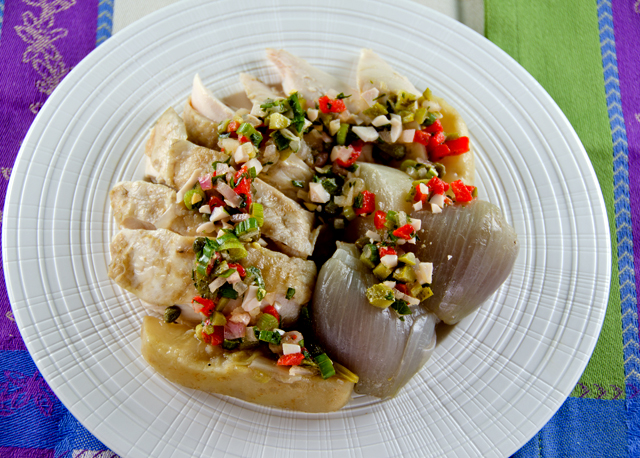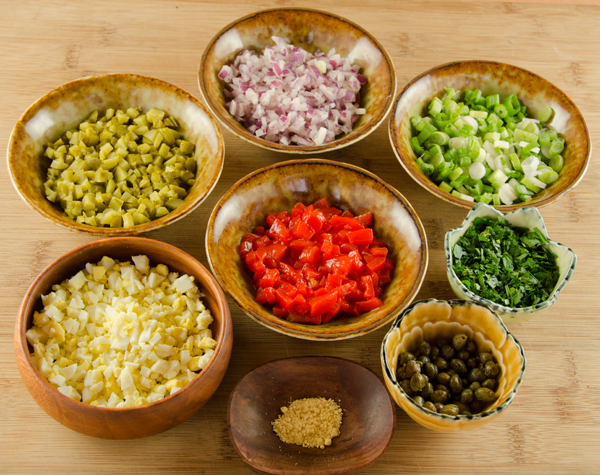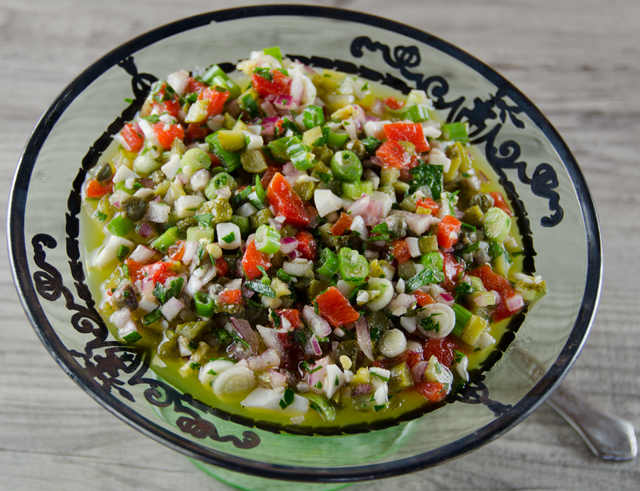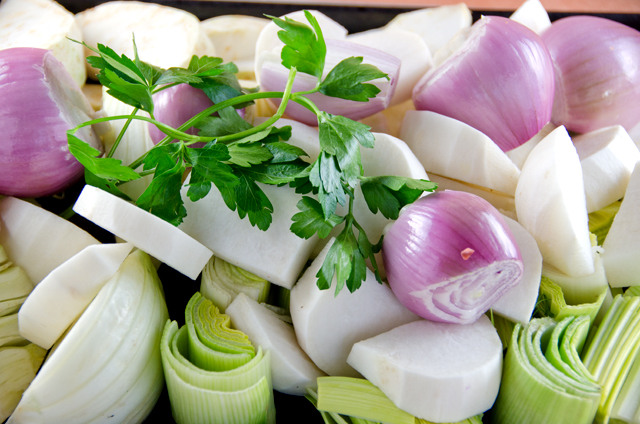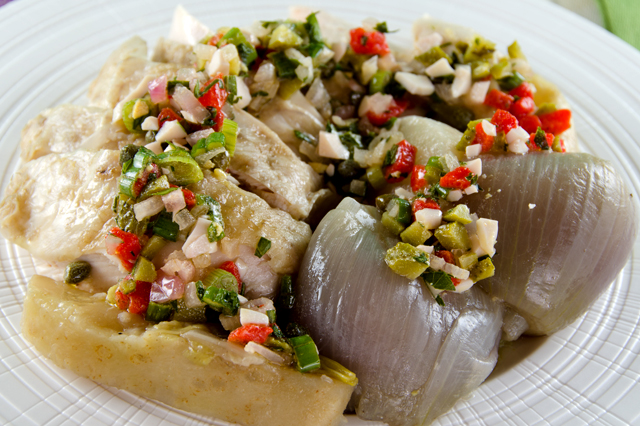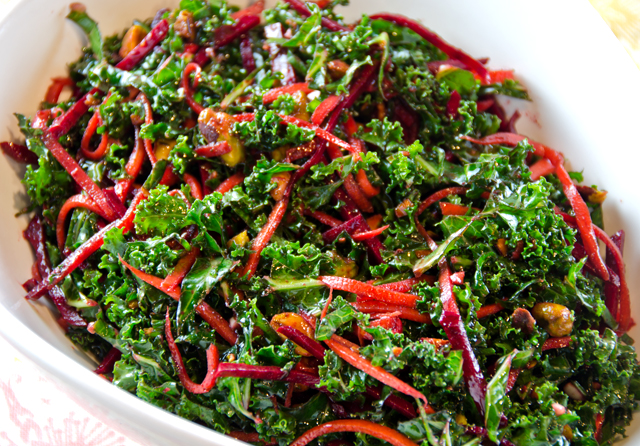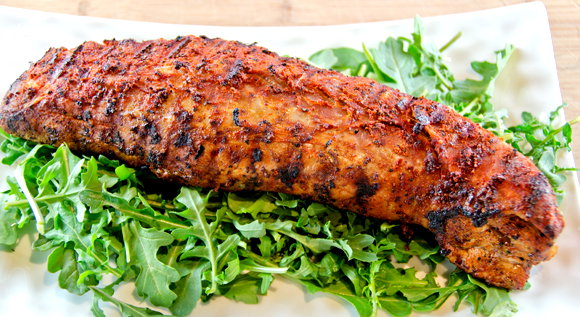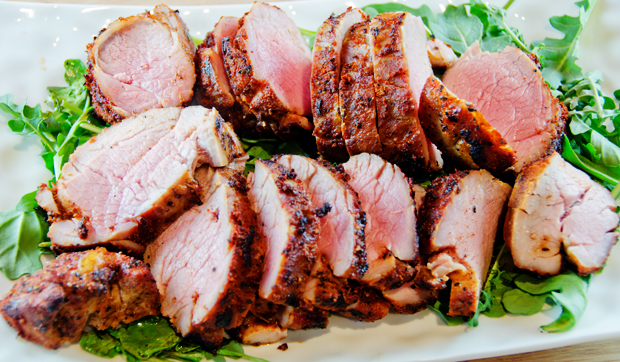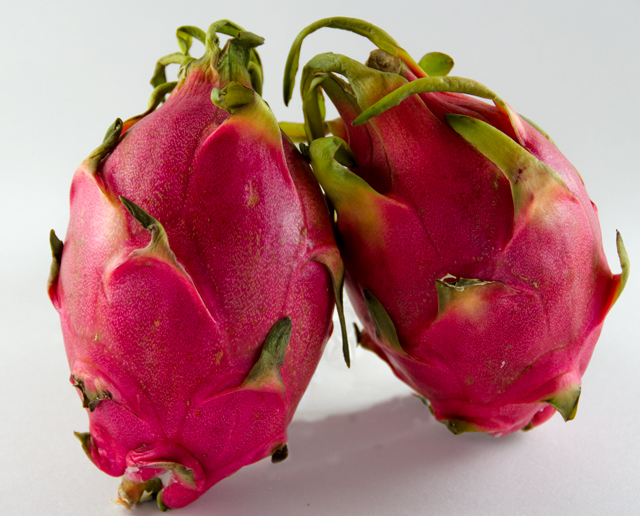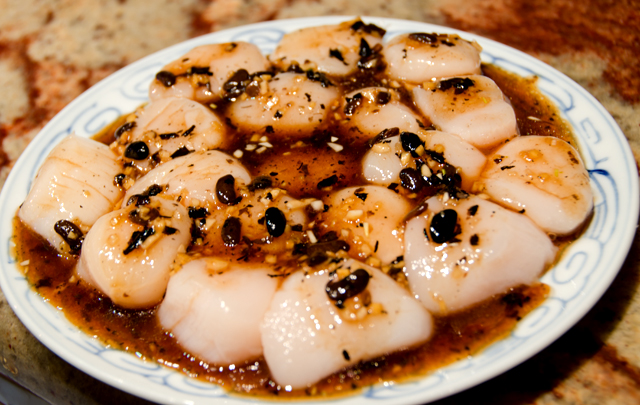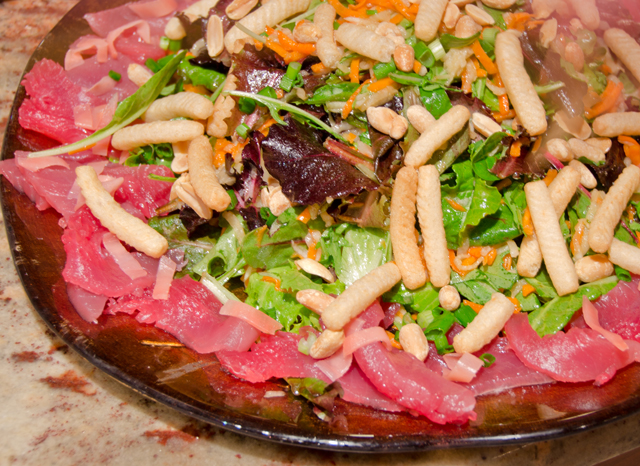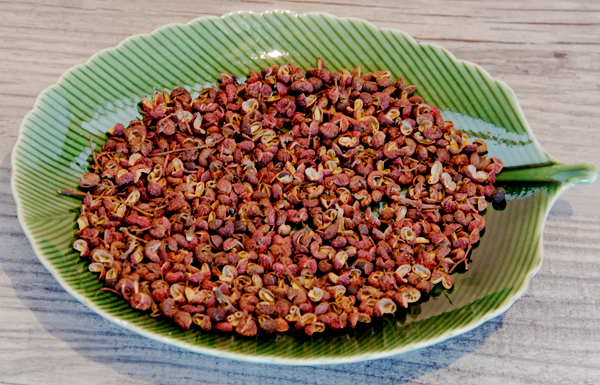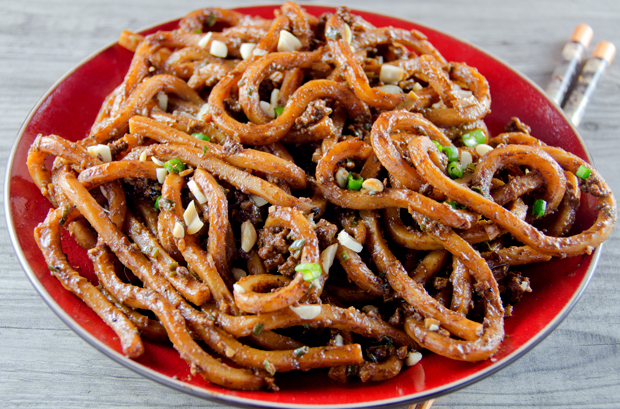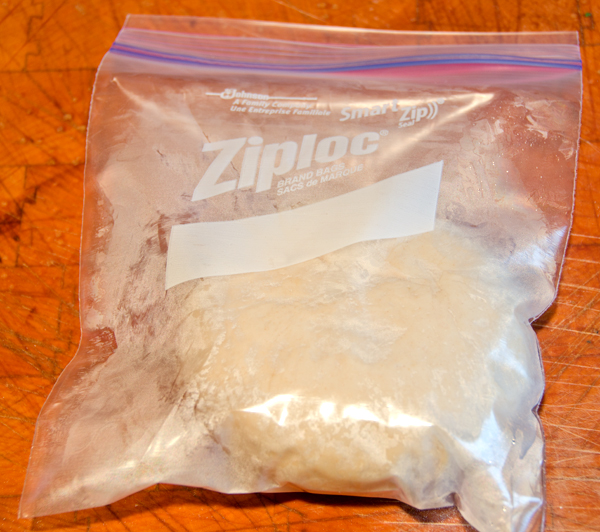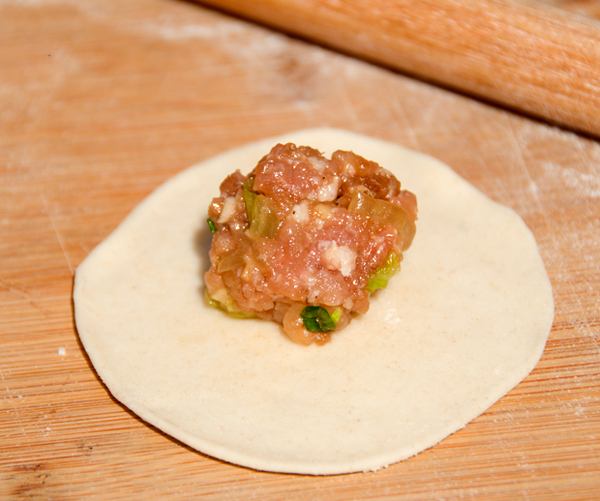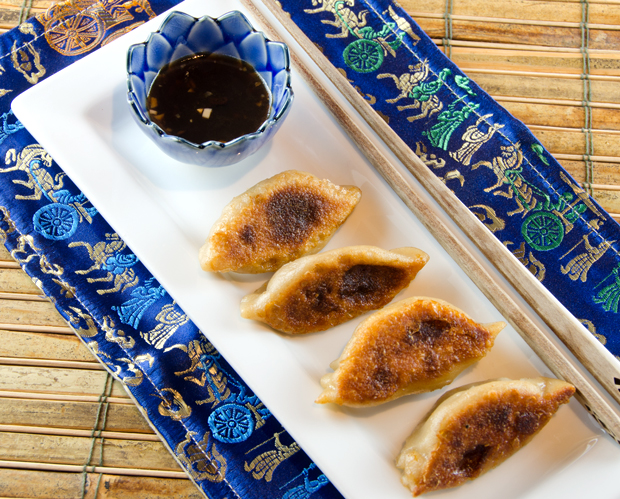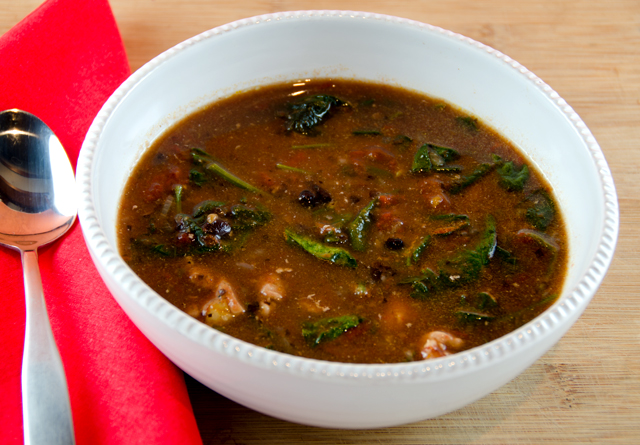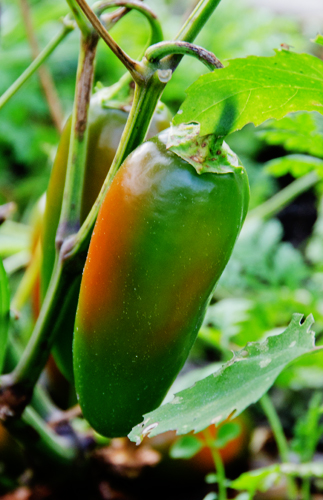The calendar tells me it’s spring but it certainly doesn’t feel like it. The fat wet snowflakes that coated the ground several days ago moved out as quickly as they came in, but there is still a definite chill in the air. Joe planted peas last Saturday, March 23rd, two weeks later than last year when we had many days in March with temperatures in the 60s and 70s. When we had our “garden walk” on Sunday, Joe pointed out one bright spot. Under the shelter and warmth of the cold frame, last years planting of chervil had wintered over, resulting in a bushy green row.
Chervil is an annual herb that prefers the cooler temperatures of spring and fall. It is in the same plant family as parsley and carrots with delicate curly leaves that resemble something between the two.The flavor is delicate and reminiscent of mild anise or licorice. Mature chervil plants produce a delicate white flower that is also edible and looks pretty garnishing a salad.
This is definitely an herb to grow for yourself. Although it is sold dried (I wouldn’t bother), it is most fully appreciated when picked fresh. It is easy to grow and now is the time to plant. Plant seeds in moist soil in an area that gets partial sun. It also does well in containers.
Heat is the enemy of chervil in more ways than one. Summer’s heat will cause the plant to bolt or go to seed. Heating chervil in the cooking process dissipates the flavor so it is always best used fresh. Chervil marries well with delicate flavors like chicken, fish and eggs. It is part of the classic French seasoning blend, fines herbes that also includes tarragon, parsley and chives.
Appropriate for this week, I learned that chervil is linked to the Easter celebration in parts of Europe. Chervil’s aroma is similar to that of myrrh, one of the gifts presented to the baby Jesus by the three wise men. Because it is one of the first plants to come up in the spring garden, it is associated with rebirth. The literal translation for Maundy Thursday in German is Green Thursday so in some parts of that country they commemorate the day with a green chervil soup.
Chervil complements the garden’s first produce, asparagus, new potatoes, and root vegetables like beets and carrots. I like to add sprigs to a green salad for a touch of anisey flavor. I often infuse it in white wine vinegar for a delicacy I wouldn’t find in any gourmet shop.Choose a mild vinegar such as white wine or rice to match the flavor of chervil.
The garden isn’t ready yet, but this salad combines some of my early spring favorites. Bibb and baby romaine lettuce, sugar snap peas, blood oranges with a double dose of anise flavor from the shaved fennel and sprigs of chervil. I topped the salad with crunchy pistachios and tossed with a simple vinaigrette of white wine vinegar, finely chopped shallots and a good quality extra virgin olive oil.

Chervil Vinegar
Ingredients
- A large handful of fresh chervil, 3-4 cups loosely packed
- 2 cups of a mild vinegar, such as white wine or Chinese rice vinegar
- One sterilized pint jar with lid
Directions
- Rinse the chervil and pat dry with paper towels. Pack chervil loosely into a sterilized dry heat proof pint jar.
- Heat the vinegar to just simmering in a stainless steel pan. Pour it over the chervil; push any wayward stems or leaves under the surface. Allow the vinegar to cool, then cap the jar and leave at room temperature for two weeks, shaking the jar occasionally.
- Strain the vinegar and bottle it in sterilized dry bottles. Cap tightly and store in a cool spot or cupboard. If you like, drop a sprig of fresh chervil in the finished bottle.
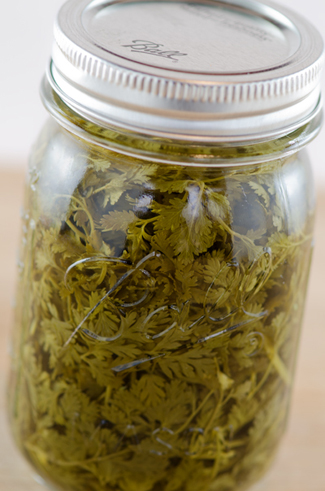
Spring Salad for two
Ingredients
Vinaigrette
- 1T white wine or rice vinegar
- 1/4 Dijon mustard
- Pinch of sugar
- 3T extra virgin olive oil
- 1T finely minced shallots
- Kosher salt and freshly ground pepper
Salad
- About 4-5 cups Bibb and Romaine lettuce
- Two small blood oranges, segmented
- 1/2c thinly shaved fennel
- 1c sugar snap peas, steamed and patted dry
- 1/2c chervil fronds, long stems removed
- 1/4c pistachio nuts
Directions
- In a small bowl combine the vinegar, mustard, sugar and shallots. Gradually whisk in the olive oil.
- In a large bowl, season the greens with a pinch of salt and a few grinds of the pepper and toss with enough of the vinaigrette to lightly coat
- Top with blood orange segments, shaved fennel, sugar snap peas, chervil fronds and pistachio nuts. Gently toss and serve. Top with additional freshly ground pepper if desired.




